The Essential Backcountry Skiing Packing List
When you’re out on a backcountry ski tour, having the right equipment with you can be the difference between a good day and a bad day. A comfortable day and a miserable day. A safe day and a dangerous day. That’s why it’s essential that after you plan your route, check the avalanche conditions, and lock down your touring crew, the next thing you should do is check your backcountry skiing packing list. It absolutely sucks to arrive at the parking lot full of excitement, just to realize you left your skins at home. You’ll be miserable. Not to mention also very unpopular with your touring buddies.
Over the past few years of backcountry ski touring, we’ve discovered (sometimes the hard way) the need-to-haves, nice-to-haves, and leave-it-at-homes. From this experience, we pulled together the 32 essential items that should be on every backcountry skiing packing list.
Here’s what we’ll cover:
Note: This article contains links to specific products. For the most part, these products are things we’ve used ourselves and highly recommend. While we are not sponsored by any of the brands that we recommend, some of these links are affiliate links, which go towards making the blog possible.
The Two Most Important Things to Bring on Any Ski Tour
Before we get into thebackcountry skiing packing list, let’s talk about the two things that you should never, ever, ever, ever go ski touring without. We call them the “Two B’s of Backcountry Ski Touring.” And sorry, Beer is not one of them. Although don’t get me wrong beer is definitely welcomed on any ski tour with us. It’s just not one of the Two B’s. The Two B’s of Backcountry Ski Touring that you must never leave behind are: your Brain and your Buddy.
#1: Your Brain
First, let’s talk Brain. If you take only one thing away from this article, let it be this: Backcountry ski touring is f***ing dangerous. You are not inbounds at a ski resort. There is no avalanche control. Ski patrol is not coming to find you if you go missing. There’s no chalet where you can go warm up with a hot chocolate if there’s a whiteout or a blizzard or arctic temperatures.
For those reasons, you need to make sound decisions when it comes to planning, evaluating, and executing your backcountry ski tour. Do your research ahead of time to understand the slope angles, aspects of the mountain, avalanche conditions, and local weather reports. Know your route, how long it’s going to take you, and leave some buffer time. When you’re out there, be a sponge of information, soaking up what you can about your surroundings, your partner(s), the weather. Use that information to – as my mom always tells me – “Make Good Choices.”
#2: Your Buddy
No matter how good of a skier you are, no matter how well you know the terrain you are in, there is always the chance that things can go horribly wrong while backcountry ski touring. Always. Injuries, avalanches, tree wells…there are many situations out there where having someone with you could save your life. For that reason, you should never go ski touring without your Buddy. Doesn’t have to be your friend. Can be your neighbour or your electrician or the dude that works the meat & cheese counter at your local grocer… Just take someone with you!
That said, before you and Deli Guy go out and earn your turns together, there is one thing you need to understand about him: his risk tolerance. If you’re fairly conservative and you know Deli Guy is pretty aggressive, then maybe it’s not the right fit. As a rule of thumb, it’s always best to ski with someone who has the same risk tolerance as you.
Boom. That’s it for the Two B’s of Backcountry Ski Touring. Tattoo them on the back of your hand. Make them your banking password. Buy a bumper sticker. Whatever it takes to cement them in your brain.
Considerations
Obviously, there is a huge range of backcountry ski touring trips. So naturally, the gear and supplies that you need could be quite different depending on the type of ski tour you are going on. It could also vary drastically depending on the type of mountain you are climbing and the weather forecast for the day(s) you’re going out in.
For the sake of this article, our backcountry skiing packing list is going to be focused on the most popular type of ski tours. We’re talking about single-day trips without any ski mountaineering or winter camping involved. This list covers all the essentials you should have – or at least consider – for your typical day tour out in the backcountry.
With all that said, let’s dive into the packing list!
Safety Equipment
As with everything – and especially with backcountry ski touring – safety first! Beyond The Two B’s of Backcountry Ski Touring listed above there are a handful of pieces of safety equipment that should be on your person or in your pack for every tour. It’s worth noting that most safety equipment is only helpful if you know how to use it. If your buddy goes down in an avalanche and you don’t know how to use your beacon to locate him, then that beacon may as well be a tamagotchi. I’d recommend that if you’re planning to get into backcountry skiing that before you do anything you complete an avalanche course. There are a lot of things you should know before you go.
1. Avalanche Beacon
It is commonly known that there are three safety essentials backcountry skiers should always pack with them – Beacon, Probe, Shovel. These are the three pieces of equipment that will mean life or death in an avalanche situation. When it comes to your avalanche beacon, always follow the golden rule “Turn it on at the car, turn it off at the bar.” Do not turn it off at lunch to save battery. Forgetting to turn it back on when you start skiing again could be a death sentence. Always wear it on you, on top of your innermost layer. Do not keep it in your pack.
The good news about beacons is that all beacons are compatible, you don’t need to have the same make and model as your ski touring buddies. Make sure to buy a 3-antenna beacon. The Arva Neo + and the BCA Tracker 3 are two avalanche beacons that we’d highly recommend you locate. Beep beep.
2. Avalanche Probe
The second safety essential is the probe. When it comes to buying a probe, you want to look for something that is lightweight and quick to assemble. Lightweight so that you minimize the weight in your pack. Quick to assemble so that you’re not fumbling around during a rescue, costing your precious seconds. You also want to be sure to buy a probe that is at least 300cms (3 metres) in length. Even if the snow you’re skiing in isn’t that deep, avalanche deposits can be multiple times deeper than the average snow depth.
One of the reliable, well-designed probes that we consistently use is the Black Diamond QuickDraw Carbon 320 probe. This will fit easily in your pack, is very lightweight, and can be quickly assembled through its QuickDraw design.

3. Shovel
The third safety essential that you should always carry in your pack while backcountry ski touring is a shovel. When it comes to your shovel, you want something that’s light but strong, fits easily in your pack, assembles quickly, and has a large scoop. A small scoop may seem desirable as it’ll be lighter and take up less space in your backpack. But when it comes to digging someone out in an avalanche, time is the enemy and a big scoop allows you to move more snow, faster. So yes, you also want your buddies to have a big scoop…
Plus, shovels are also key for digging a snow pit for a pit test. Since you don’t want to spend your whole day digging snow pits, get a big scoop. Noticing a theme here?
Lastly, on the more fun side, having a shovel with a big scoop makes it easier to build a kicker while out in the backcountry! #bigscooplife
So which shovels are we digging? Go for either the Black Diamond Evac 7 or the Mammut Alugator Pro.
4. Satellite Communication Device
Even if you are trained in how to react in the event of a backcountry skiing accident, you may need outside help. Seeing as many backcountry ski tours occur in places with limited cell coverage, it’s a good idea to carry a satellite communication device in your pack. Although it’s something you certainly hope you never have to use, carrying one of these devices in your pack gives you peace of mind that you can get Search & Rescue support in the event of an emergency.
There are a variety of products available in this space. Beyond reliability, the other main consideration is what type of plan you’ll need. There are monthly, annual, and pay-per-use plans out there. Determine the right one for you based on how often you plan to go into the backcountry.
Whenever we go out we always take our Garmin InReach. Thankfully we’ve never had to use it, but it’s definitely provided some peace of mind. We’ve also received a lot of good signals about the Bivystick, which offers flexible monthly plans with no commitment or contract.
5. First Aid Kit
Not saying that you need to take an entire first aid kit on your tours, but it’s a good idea to at least pack a few simple, small, first aid supplies. The best thing to do is build your own first aid kit. Some essentials that you should think about including in your kit are:
- Gauze
- Bandages
- SAM splint
- Clotting sponge
- Space blanket
- Aspirin
- Ibuprofen
6. Whistle
A whistle you say? Yep, a whistle I say. Although it’s not a salient safety item in the backcountry skiing community, a whistle can be a great communication device. Mounted to the top of your jacket, you can easily blow it if you fall into a tree well or get caught in an avalanche, which could help your buddy to locate you. You can also use it as a signal if you’re skiing one at a time and want to let the next person know that it’s their turn to go.
The Fox 40 Sonik Blast works in all temperatures and is a small price to pay for an item that could save your life. Go grab one. Don’t blow this.
7. Headlamp
A headlamp is obviously a necessity if you’re starting in the dark. But as such a small, lightweight item, it really doesn’t hurt to take it on every tour. If something happens and you have to wait for a rescue, you could be waiting for hours. Having a light will be useful after the sun goes down, and could also help the search crew to find you.
I use the Black Diamond 225 Sprint Headlamp and have been thrilled with it. It’s reliable, weatherproof, and features tons of different light capabilities (takes a bit to learn them all). Let it light up your world.
8. Snow Study Tools
If you are venturing into an area where there is limited beta and/or avalanche reporting information, it’s a good idea to pack some snow study tools. This way you will be able to dig a pit and analyze the snow that you’re going to be skiing. Some tools that may be useful would be:
- A snow saw like this one from Black Diamond.
- Slope measuring tools like this BCA slope meter. There are also apps you can download for this.
- A crystal card like this one from BCA.
- A Rutschblock cord like this one from G3.
Ski Touring Gear
This one is an obvious one and shouldn’t even need to be written on your backcountry skiing packing list. If you forget to pack one of these, not only are you not going ski touring that day, but you may never live it down with your touring buddies. I won’t go too deep into these here since we’ve actually written an entire article about the best touring skis, boots, poles, and skins. The link for each piece of gear will take you directly to that section of the article.
9. Skis
Skinny, fat, tall, short. No, we’re not talking Starbucks orders. We’re talking about having the right skis for the snow conditions and the terrain that you’ll be ski touring in. Find your match.
10. Skins
Does the fact that we call them “skins” bother anyone else? Just me? Ok. Pro tip: Don’t pack your skin bag, just leave it at home as it really just gets in the way out in the backcountry. Oof, really don’t like the phrase “skin bag” either. Mohairs, roll out!
11. Boots
Boots are the most important part of your ski touring setup. Why? Because blisters end great ski touring days early. Let us be your virtual boot fitter.
12. Poles
Just like with your golf ball retriever, a longer extension is always better with ski touring poles. These come in very handy when traversing across a slope. Traverse on over here for more.
Apparel
Assuming you’ve got your ski touring setup all checked and packed, let’s talk apparel.
13. Eyewear
Although it’s an extra thing to carry, most people still prefer to pack their goggles when going out on a backcountry ski tour. Although sunglasses will work for skiing down, goggles are almost always better. Especially on cold days. That said, you definitely want to pack a pair of sunglasses for the up. Even if the forecast is calling for overcast, there could still be patches of sunlight peeking through and reflecting off of the snow. On top of that, it gives you protection from the wind, blowing snow, and stray branches.
Most active-style sunglasses will do just fine here. But if you’re looking for some sweet shades for the occasion, look no further than the Smith Wildcats or the Oakley Wind Jackets.
14. Headwear
As with all skiing, I definitely recommend packing a helmet to wear while backcountry skiing. You don’t need it for the up – unless there’s risk of overhead rocks falling or something like that – but let’s be real, skiing downhill without a helmet is not cool. Your inbounds helmet will do just fine, but if you’re looking for a ski touring specific helmet, check out the Uvex P8000.
For the up, your headwear needs really depend on the temperature. Headbands, toques, even ball caps can be appropriate depending on the day.
15. Layers on Layers
Just like ogres, onions, and parfaits, savvy backcountry skiers have layers. Packing the right layers – and knowing when to layer up or layer down – is essential to having a great day of backcountry ski touring. We’ve actually dedicated an entire article to this topic for you to learn more so that you can pack accordingly. Remember: be bold, start cold.
16. Ski Socks
This is an obvious one as you’re likely never leaving the house without socks to go on a backcountry ski tour. However, I just wanted to highlight an exceptional sock that is specifically designed for ski touring. Go check out the Le Bent Le Send Socks. Say goodbye to blisters and discomfort! They’ll knock your socks off. Put these bad boys on your Christmas list, as well as your backcountry skiing packing list.
17. Gloves or Mitts
Cats or dogs? Boxers or briefs? Gloves or mitts? It’s a question as old as time. When it comes to ski touring, it’s not so much a question of which one, more a question of how warm. I’m personally a big fan of my Outdoor Research Alti Gloves because they have a lightweight, breathable glove inside a warmer, and more protective shell glove. That way, I can shed the shells when I’m getting warm on the up. Then I can easily throw them back on at the top to keep the warmth in – and snow out – for the down. Get your hands on (in) a pair of these!
18. Neckwarmer / Buff
In an ideal world, you want to pack a multi-functional piece for this. Something that will act as a neck warmer on a cold day, but could also function as a sun protector or breathable headpiece on a warmer day. Something like the BUFF will keep your noodle happy (and looking good).
Backpack & Organization
19. Backpack
What’s the best ski touring backpack to pack all this stuff in? Good question. We’ve written a whole segment on ski touring backpacks, which you can check out here. Ultimately, for a single day backcountry ski tour, you probably want 20L at the very minimum, all the way up to around 40L. Check out our other post to find the right one for you.
If you’re looking for a quick recommendation, my go-to day pack is the Osprey Kamber 32. All the quality and durability that you come to expect from a brand like Osprey, with several great design features for ski touring. My only knock against it is that I have to work hard to make my helmet fit in the built-in helmet cover (I got a big dome). But other than that, it’s been a winner.
20. Ski Straps
Ski straps aka “Heli Straps” can come in handy in a lot of ways in the backcountry, so be sure to have at least a couple of them in your pack. These simple straps can be used to hold your skis together, strap extra stuff to your pack, provide an emergency solution to a busted boot or binding, and so much more! They can even help with an injury like a deep cut or a broken bone.
The bottom line is that ski straps are cheap, light, and don’t take up much space, but can be extremely useful. Load up on a few and stuff them in your pack. Voile is the leader in this little niche, and at as little as $6 you can grab a few even if you’re strapped for cash 😉
21. Stuff Sacks
If you’ve gotten this far you understand that there are a lot of things to pack for a backcountry ski tour. Aimlessly shoving all of these things into your backpack can make accessing them a real pain when you’re out in the backcountry. Why waste time digging through your backpack when you could be using that time to slash pow and get face shots? Enter, stuff sacks.
As you can probably guess, stuff sacks are sacks, for your stuff. They help compartmentalize the different things in your backpack, so that you can access things more easily. Furthermore, if you use waterproof ones like these ones from Hyperlite Mountain Gear then you can pull them out and place them in the snow without having to worry about getting the contents wet. This makes accessing everything in your pack drastically easier. Check out the Hyperlite link and get your fill. (Is it just me or is my pun quality deteriorating?)
Tools
22. Multi-tool
S*** happens. Especially when you’re out in the backcountry. Bindings break. Equipment fails. Apparel tears. It happens. For that reason, it’s always a good idea to have a multi-tool on hand. Being able to do quick repairs in the backcountry could mean the difference between having to call it a day early and having to call your mom later because you just had the most EPIC DAY EVER. Just saying.
Most multi-tools, Swiss Army knives, etc. will do just fine, but if you’re looking for inspiration, check out the Leatherman Signal Multitool. It’s a no-brainer for any backcountry skiing packing list.
23. Duct Tape
It’s true what your dad says. Never leave home without it. The number of things you could repair with duct tape when out ski touring in the backcountry is endless. I’m not saying take a whole roll, but wind some around an old library card and pop it in your pack for safekeeping. And yes, duct tape is a tool.
Technology
24. Cellphone
We always pack our cell phones for backcountry ski tours, for three main reasons.
- Route Planning & Navigation – There are several great cell phone features and apps that come in handy when planning and executing your trip. We’ve written about some of them here.
- Communication – If there is service, it’s a good way to tell people where you are, that you’re okay, that you’ll be home for dinner, etc.
- Photo & Video – It’s always fun to document your adventures, especially in the mountains.
25. External Battery Pack & Charging Cable
If you’re relying on your cellphone – or any other technology that uses a battery – for route planning, then I highly suggest packing an external battery. iPhones are notoriously bad in cold temperatures and could shut off instantly even if you have full battery life. If you can’t get it to turn back on then you could be SOL when it comes to navigation, communication, and photo & video.
Count on something like the Anker PowerCore 10,000mAh to keep your phone in the game.
26. Camera
Obviously your phone can capture most of what you need. But – for the content creators out there – packing that action camera like the GoPro Hero 8 Black can help you capture some action shots and buttery footage. Beyond the action camera, carrying a small drone like the Mavic Mini is also a great idea if you want to get some epic footy. So long as drones are permitted in the area you’re ski touring in of course.
Food & Drink
27. Water
Even if you don’t normally drink a lot of water, or if you’re worried about overall pack weight, it’s always a good idea to take some with you. You’ll be working up a thirst on the ascent(s) and staying hydrated is key for performance, injury prevention, and safety.
Personally, I drink a lot of water and so I typically pack two litres to take out into the backcountry. I’m not overly concerned with weight, and I really don’t like the idea of running out of water out there.
The container that you carry your water in varies depending on the weather conditions. Here are a couple of my go-to vessels:
- Full day tour with warmer weather – When it’s going to be a long day I fill up my Camelbak Crux Reservoir 3L. It’s not something you want to use on frigid days as the tubes could freeze up and render it unusable. But on days with lots of sun and lots of vertical, it’s tough to beat.
- Half-day tour with warmer weather – The lightweight and durability of Nalgene bottles make them a great fit for those warmer weather tours.
- Colder weather – The Yeti Rambler is an insulated bottle with unmatched durability. It’s relatively lightweight for how well insulated it is and will keep your water from freezing on a frigid day.
28. Thermos / Insulated Bottle
On cold days, I definitely recommend packing an insulated Thermos or Yeti with something hot. Tea, hot chocolate, coffee, or even something savoury like soup. Not only is this a nice treat and a way to warm your body up while out in the backcountry, but it can also get you out of a miserable situation if you catch a chill.
Some hot products on the market that fit the bill here would be something like the Yeti Rambler 18oz or the Hydroflask 20oz Wide Mouth Bottle. We’re a Yeti family ourselves. Their stuff is expensive, yes, but it’s incredibly durable and lasts forever. Yeti Yeti everywhere.
29. Snacks
Food just tastes better when you’re outside, especially when you’ve just conquered a bunch of vert. To replenish those cals burned on the up, be sure to pack plenty of snacks for the summit. Some of our favourites include:
- The Chocolate Sea Salt and Banana Chocolate Walnut flavoured RX Bars
- Nut butter filled Clif Bars
- Caramel or Honey flavoured Honey Stinger Waffles
- Jerky from Golden Island
- And on a nice day when we’re really looking for a reward: cheese, salami, and baguette. Mmmm.
30. Beer
I know, I know, you’re still disappointed that I didn’t classify Beer as one of the Two B’s of Backcountry Ski Touring. But if there’s one thing that tastes better than summit snacks, it’s summit beers. Is carrying beer going to increase the weight of your pack? Maybe. But is it going to be the best-tasting thing ever when you’re celebrating at the top of the mountain? Definitely.
For us, more often than not we’re packing some tasty suds from 10 Barrel Brewing – those powderhounds built a freakin’ Beer Cat for Pete’s sake – but we really don’t discriminate. Anything local is great!
Miscellaneous
31. Sunscreen
Nobody wants to be friends with a lobster. Or in the case of goggle-donning skiers, a raccoon. Either way, do what your mother always told you and wear sunscreen out there. Even though it’s potentially well below freezing outside, the UV could be – as the French say – “tres strong.” Apply and reapply my friend.
32. Blister Pads
Last but most definitely not least! Blister pads are a MUST-HAVE on any backcountry skiing packing list. Discovering Compeed blister pads was one of the ultimate life hacks. Right up there with discovering that it’s possible to apply deodorant to both sides without switching hands (you’re welcome). Seriously though, these things will keep your feet happy and comfortable on long and short ski tours alike.
The key is to apply them as soon as you feel a “hot spot” coming on. That’s the first sign of a blister developing. When that occurs, take off your boot and your sock right away to apply the blister pad. Always be sure to have a pack of these at the ready in your ski touring backpack.
You’re Ready to Ski!
There you have it. The essential backcountry skiing packing list. Did we miss anything? The truth is that we’re always updating our ski touring packing list as we live and we learn in the backcountry. Let us know in the comments if there’s anything you’ve found to be essential, useful, or tasty while touring!

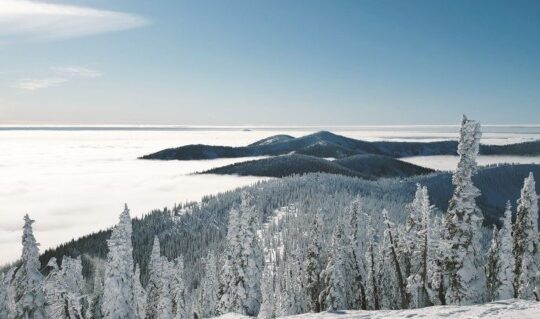
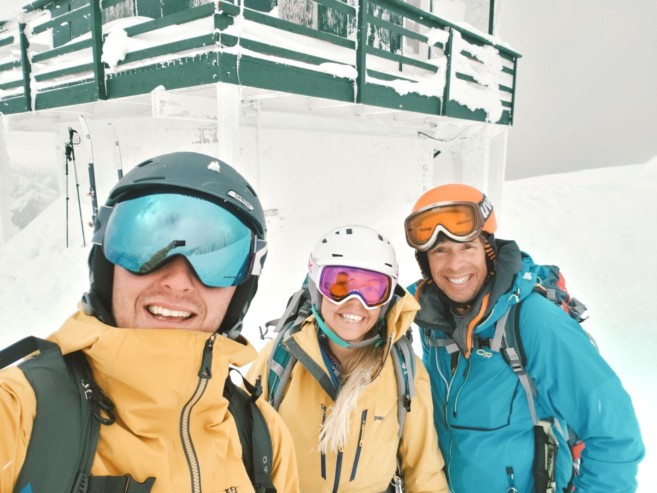








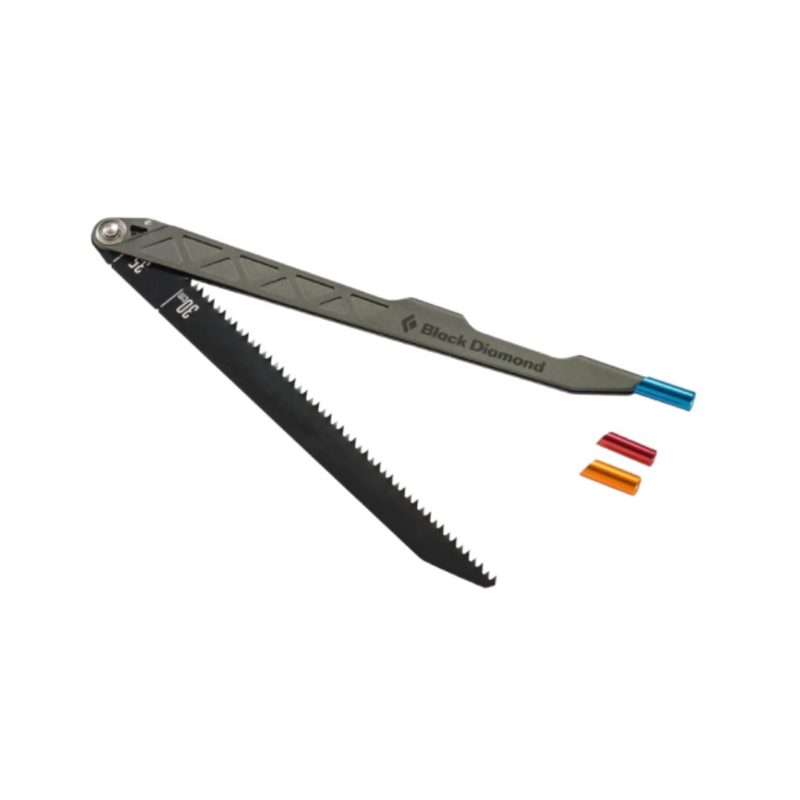
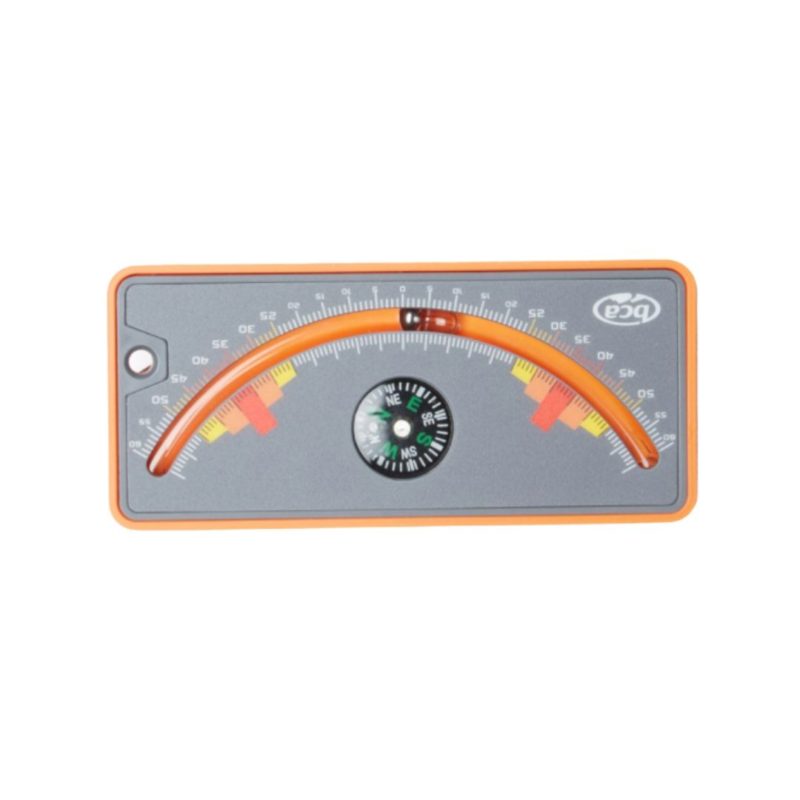
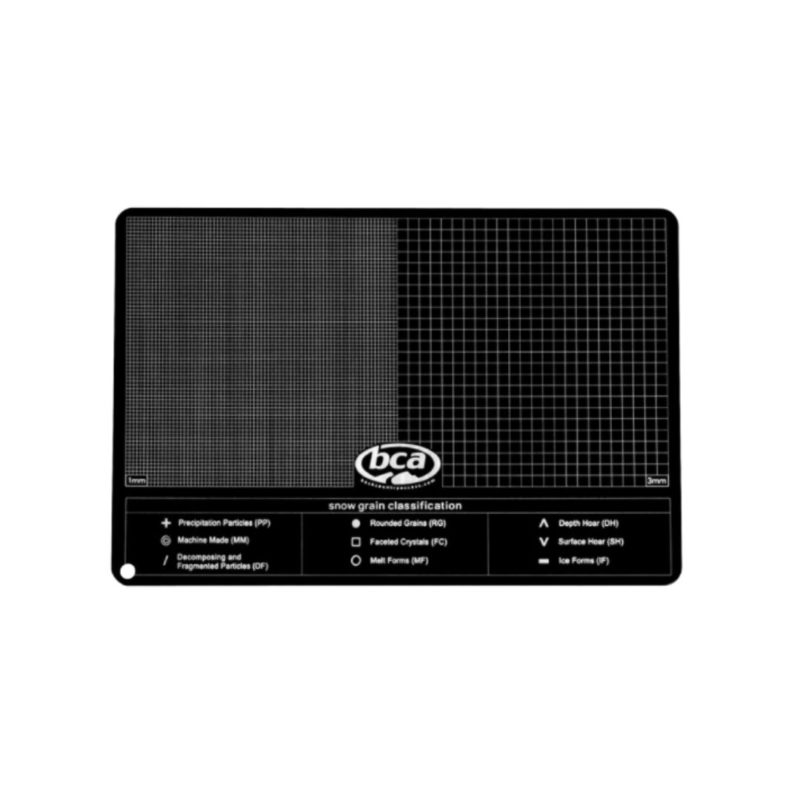
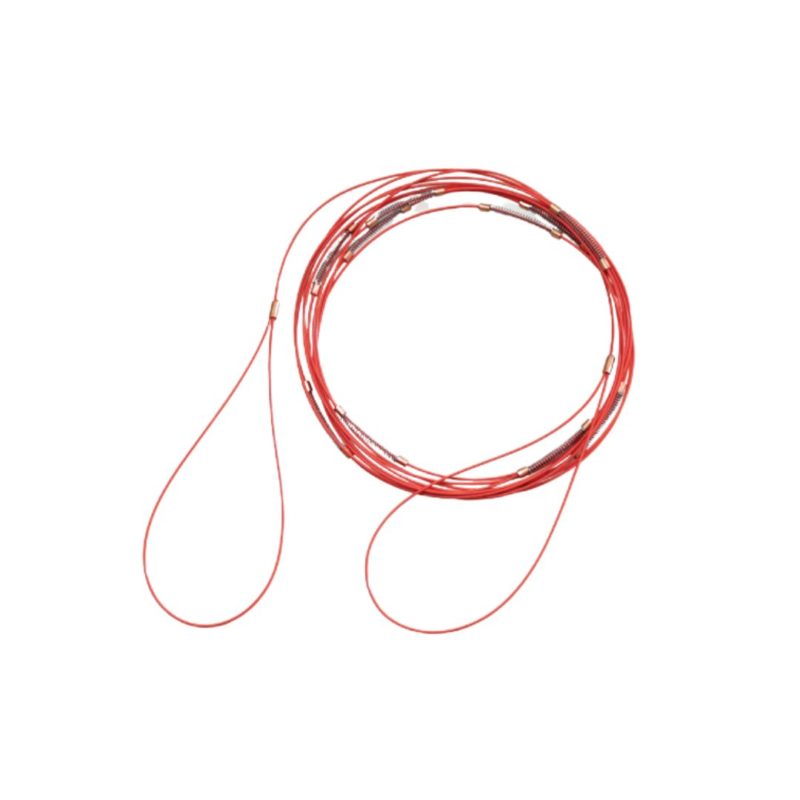
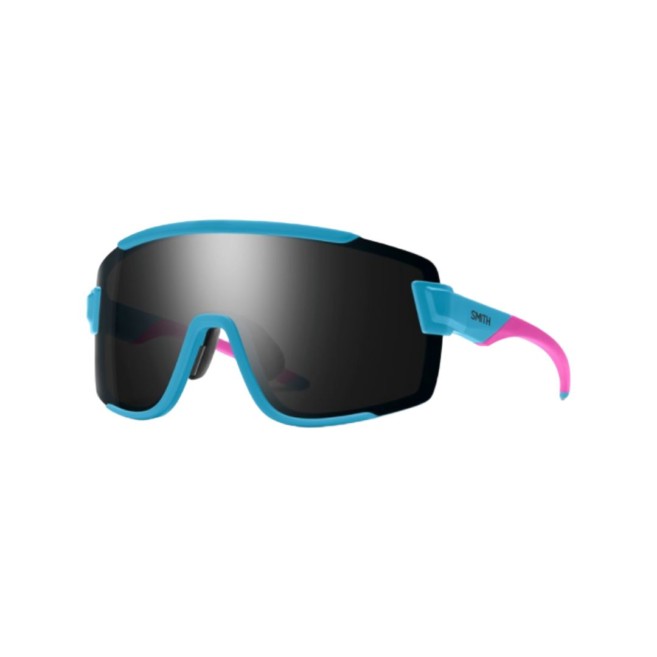


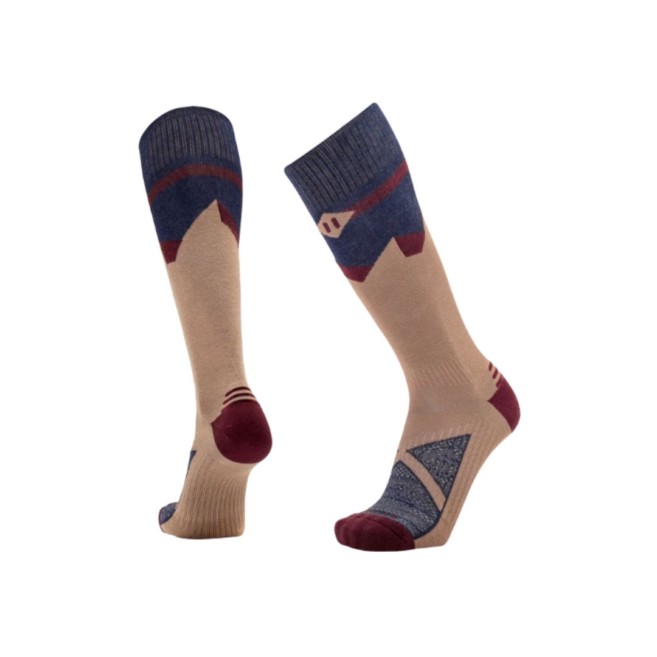





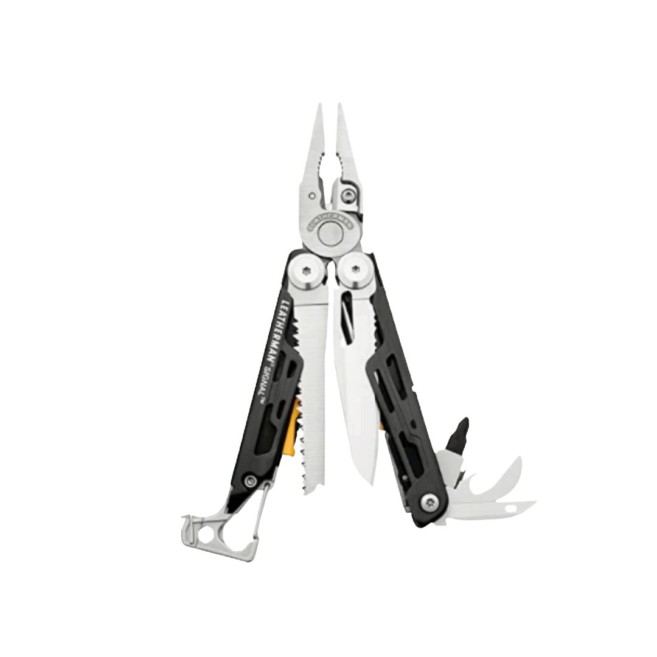








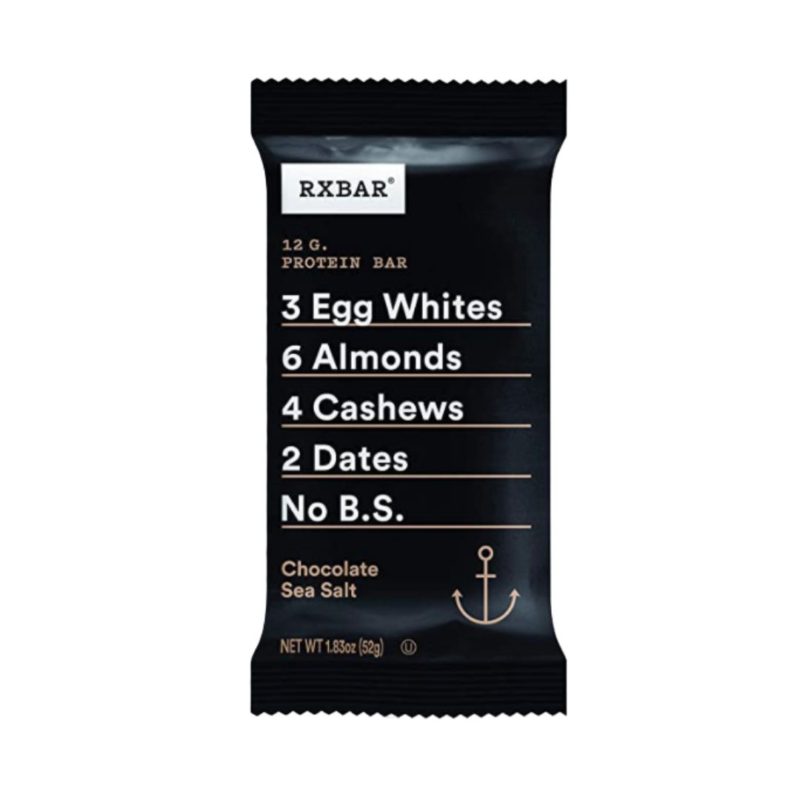
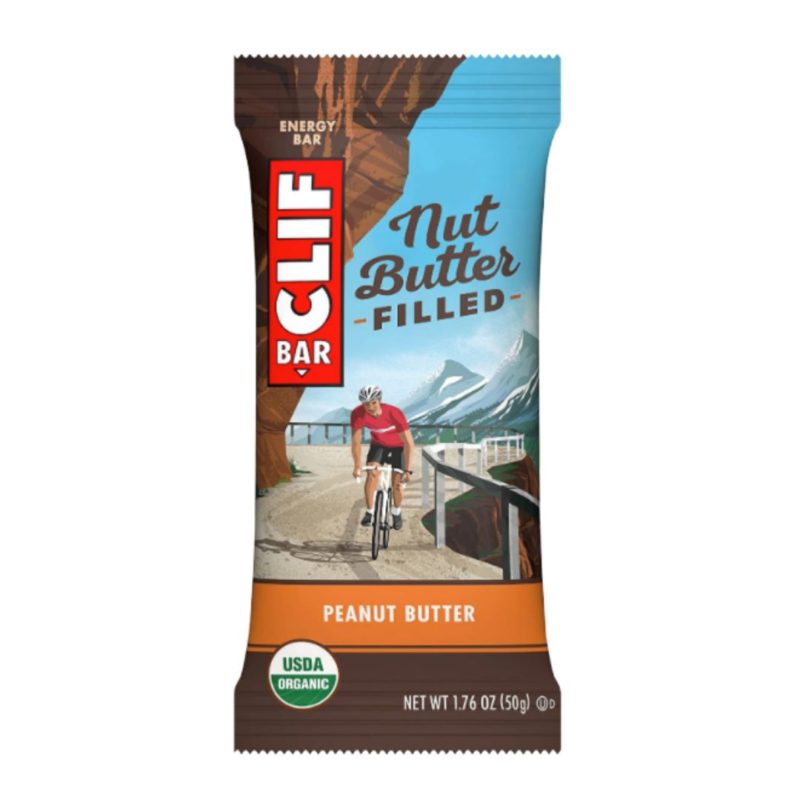
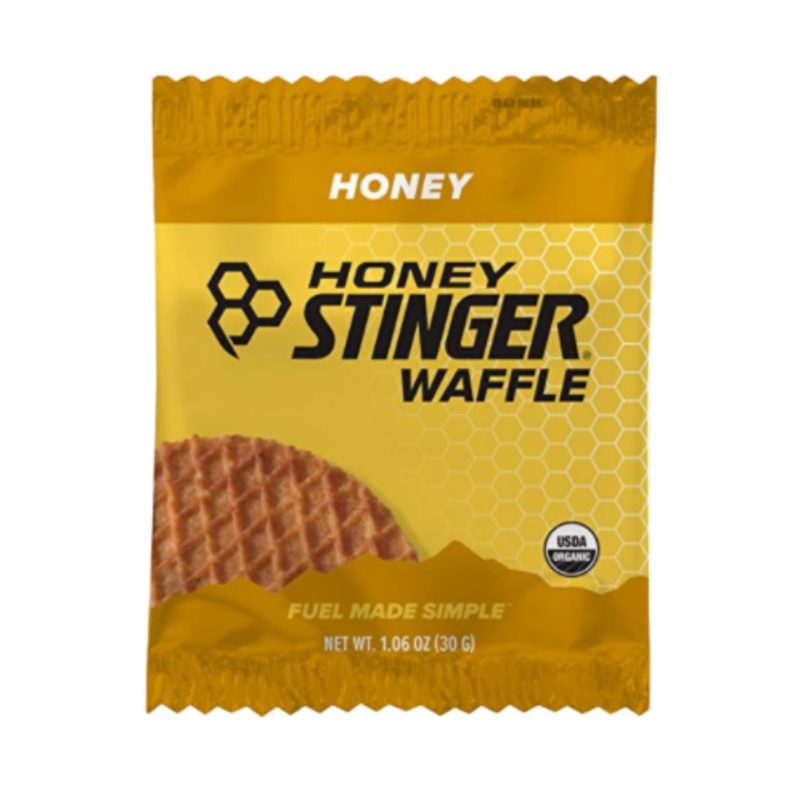
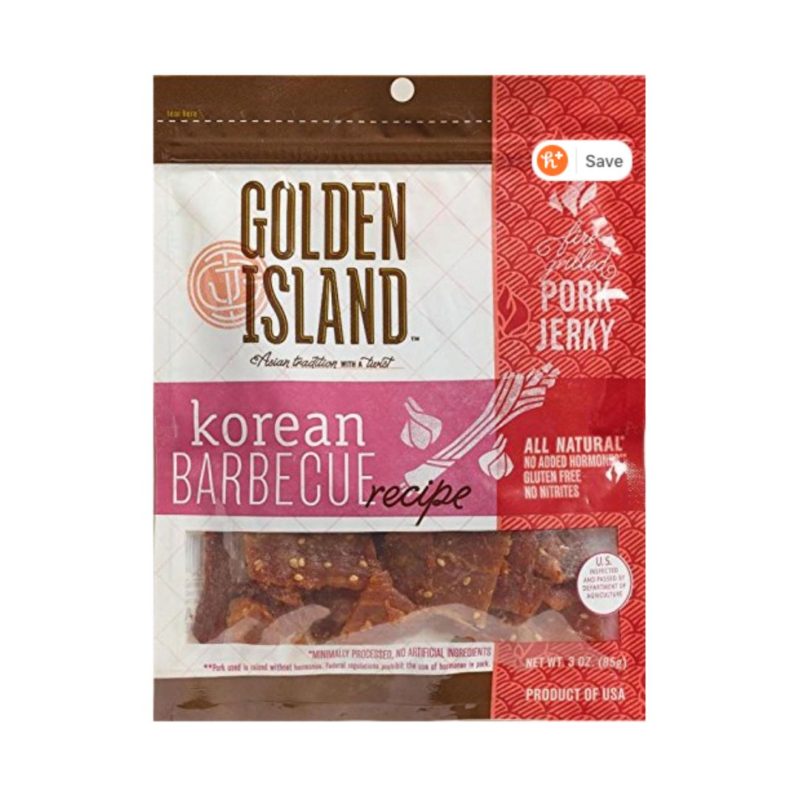
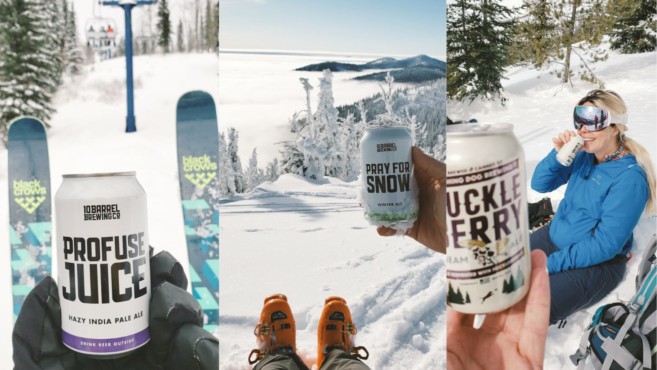
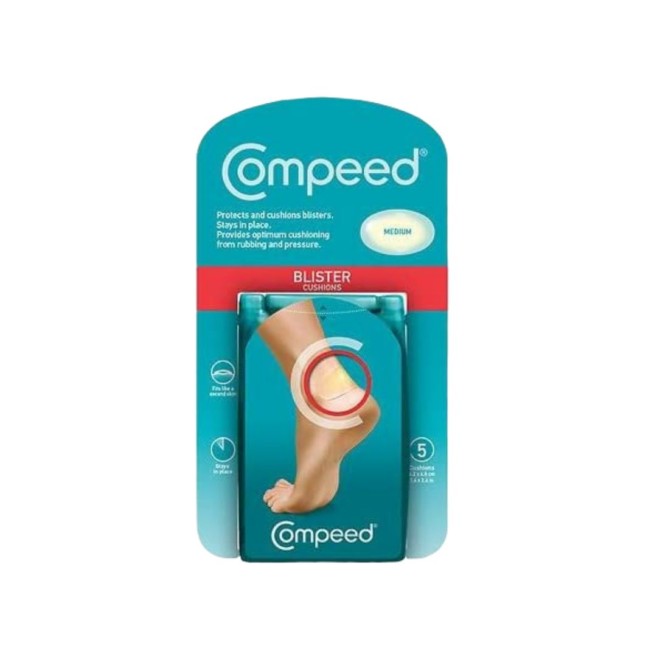
Minakhi Mishra
Monday 19th of April 2021
We are offering:- 1. Website Design 2. SEO and remodeling the website 3. Google Ad Words 4. Facebook Advertising 5. YouTube Ads 6. Video Making/ Editing (as per client requirement) 7. HTTPS:// + Live Chat Install + WhatSapp Chat install + Sitemap + Google Analytics + Meta Parts Fixing and more..
Whatsapp US: +917751809077 for details information Skype : rudra.mishra7 Call Us : +919777649951 Website: https://www.renosofts.com/